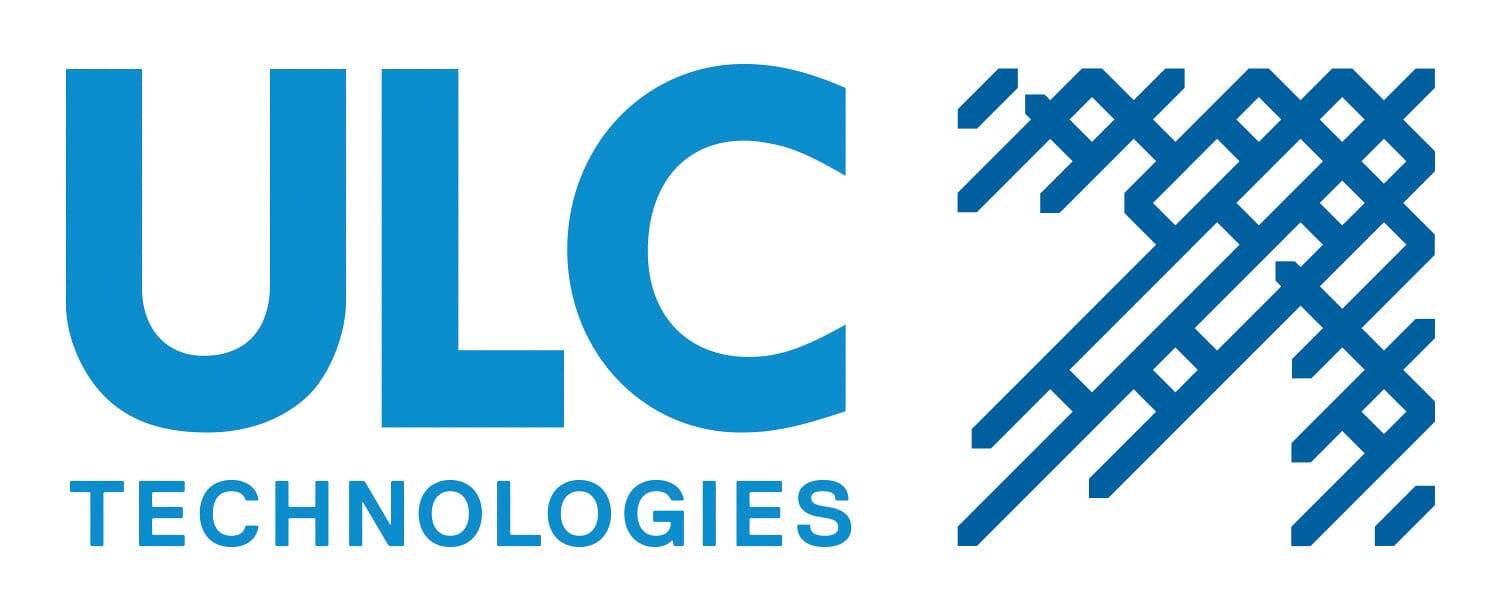This is the Sponsored paywall logged out

Engineers at ULC are helping utilities splice cables using a specially designed robot that carries out a complex precision operation, freeing operators up for other tasks.
Robotics company ULC specialises in taking robots from concept through to practical application in the energy sector. Projects it has worked on include developing a robot with SGN that autonomously identifies assets underground, and the CISBOT for internal remediation and sealing of gas pipe. “The problems we solve come from our customers, from their subject matter experts – the people who do day-to-day operations and really know the challenges their employees face,” explains Ali Asmari, R&D director, ULC Technologies.
That has also been the case at US utility Con Edison, where ULC has developed a special robot for splicing cable. Con Edison provides energy for the 10 million people who live in New York City and Westchester County. Splicing cable is a job that has traditionally been carried out by hand in confined spaces.
Asmari explains: “Personnel may work in underground vaults or environments where there is dirt and sand while wearing heavy gloves. They have to carry out what you might call precise surgery on medium voltage cable in order for it to meet the required standards for a splice.”
Repeatable robotics boost health and safety
ULC has now developed a robot that prepares medium voltage cables for the operator, who merely has to place the robot on the cable. The machine features a drum including precision tooling to carry out cuts, preparing the cable for splicing. The machine begins by drilling into the cable and grounding it by making sure all neutrals are connected to the conductor in the centre.
A saw then cuts the cable, pushing one end of it out the way. A complex array of tooling is used to remove each layer. The robot also removes a tiny layer of semi-con covering the insulator, a very precise job that if carried out incorrectly may mean the cable doesn’t meet required standards for a splice.
The machine does cutbacks of different cable layers at different lengths. Once it has prepared the cable for splicing, it adds an end cap, which enhances worker health and safety.
The repeatability of the machine and its ability to work in confined spaces are also key benefits. For example, it is difficult to manually prepare cable to exactly the same standard throughout the working day. But automating this process ensures quality and frees up operators to do other work, improving productivity.
“The goal of this project is to develop a machine that helps our operation to reduce the feeder processing time, provide standardised splicing processes, and further improve the safety of our workers,” explains Maggie Chow, section manager at Con Edison.
Originally from Iran, Asmari came to the U.S. in 2010 to study robotics. After a Ph.D. thesis on computer vision and AI, Asmari worked at several robotics companies before joining ULC Technologies in 2018. He says he was drawn to the challenges of building robots that could orient themselves and work in environments such as the utility sector. “Designing and testing everything in the lab is cool and fun, but once you deploy to the field, that’s 50% of the work.”
That principle is now being tested again with the deployment of the second generation of the cable splicing machine in power network environments, Asmari says. The robot can be adjusted to meet ratings and standards at other utilities.
Want to learn about how robots are used at UK Power Networks, SSEN Distribution, and SSEN Transmission? Watch our webinar on demand on robotics and the power sector now.

Please login or Register to leave a comment.